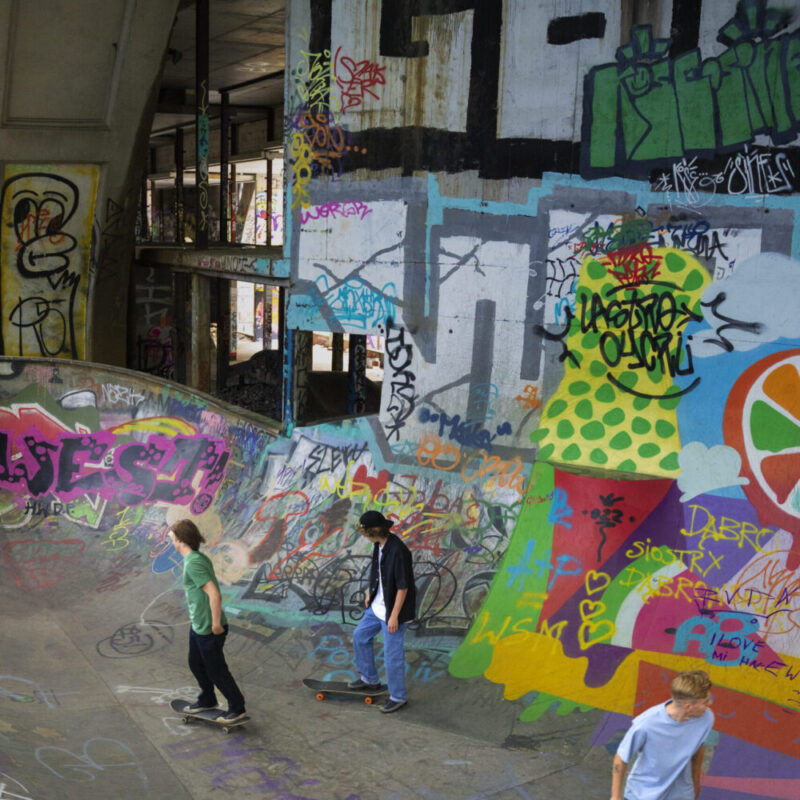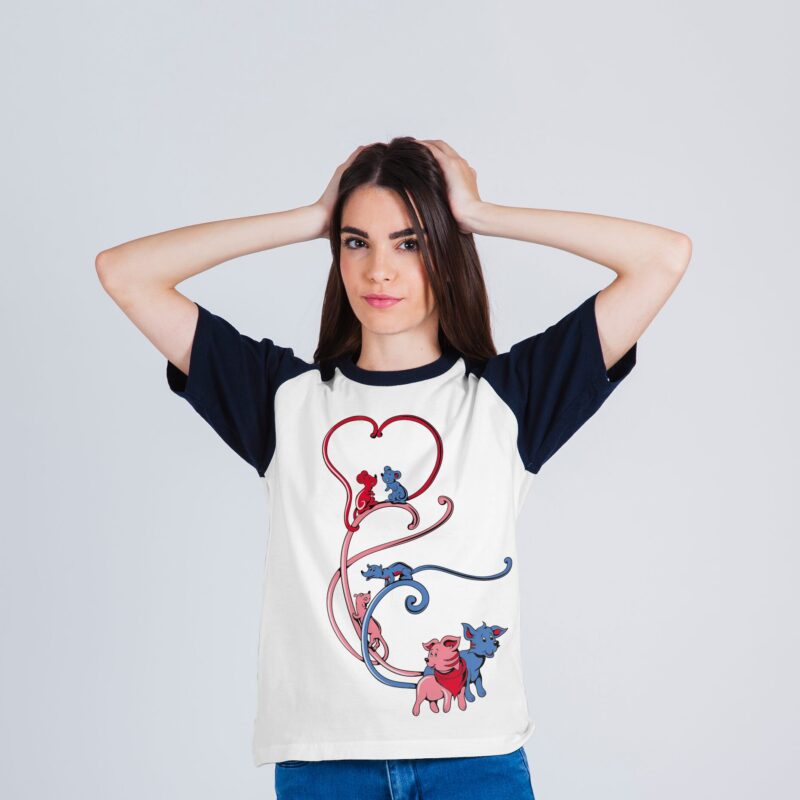Table of Contents
- Introduction
- The Origins of Streetwear: A Cultural Movement
- Streetwear as a Form of Self-Expression
- The Influence of Music, Art, and Subcultures
- Community and Identity in Streetwear
- Streetwear’s Impact on Mainstream Fashion
- The Business of Streetwear: Scarcity and Hype
- Streetwear in Pakistan: A Local Perspective
- Conclusion
Introduction
Streetwear fashion is more than just clothing; it’s a cultural phenomenon that transcends mere apparel. Emerging from the streets of urban centers, streetwear has evolved into a global movement that encapsulates identity, community, and creative expression. This article delves into the multifaceted nature of streetwear, exploring its origins, cultural significance, and its unique manifestation in Pakistan.
The Origins of Streetwear: A Cultural Movement
Streetwear originated in the 1980s and 1990s, deeply rooted in the skateboarding and hip-hop cultures of New York and Los Angeles. Brands like Stüssy and Supreme began by catering to these subcultures, offering apparel that resonated with the youth’s desire for authenticity and rebellion against mainstream fashion norms.
Streetwear as a Form of Self-Expression
At its core, streetwear is a medium for self-expression. It allows individuals to showcase their personalities, beliefs, and affiliations through their clothing choices. The DIY ethos prevalent in early streetwear encouraged customization and personalization, making each piece a statement of individuality.
The Influence of Music, Art, and Subcultures
Streetwear’s evolution is inseparable from the realms of music and art. Hip-hop artists, graffiti writers, and skateboarders not only influenced streetwear aesthetics but also propelled its popularity. Collaborations between streetwear brands and artists have further solidified this connection, blending visual art with fashion.
Community and Identity in Streetwear
Beyond fashion, streetwear fosters a sense of community. It brings together individuals who share similar interests, values, and cultural backgrounds. This communal aspect is evident in streetwear events, online forums, and brand communities that celebrate shared identities and experiences.
Streetwear’s Impact on Mainstream Fashion
Once considered countercultural, streetwear has significantly influenced mainstream fashion. High-end designers and luxury brands have embraced streetwear elements, leading to collaborations that blur the lines between street style and haute couture. This fusion has democratized fashion, making it more accessible and reflective of diverse cultural narratives.
The Business of Streetwear: Scarcity and Hype
Streetwear’s commercial success is partly driven by the principles of scarcity and hype. Limited releases, exclusive drops, and strategic collaborations create a sense of urgency and desirability among consumers. This business model not only boosts sales but also cultivates a dedicated and engaged customer base.
Streetwear in Pakistan: A Local Perspective
In Pakistan, streetwear has emerged as a powerful medium for youth to express their identities and challenge societal norms. Brands like Galiyare are at the forefront of this movement, blending traditional motifs with contemporary designs to create apparel that resonates with the local audience. By incorporating elements of Pakistani culture, language, and art, these brands are redefining streetwear in a uniquely South Asian context.
Conclusion
Streetwear fashion is more than just clothing; it’s a dynamic cultural movement that encapsulates self-expression, community, and innovation. From its roots in urban subcultures to its global influence today, streetwear continues to shape and reflect the identities of those who embrace it. In Pakistan, the rise of streetwear signifies a new era of fashion that honors tradition while embracing modernity.


